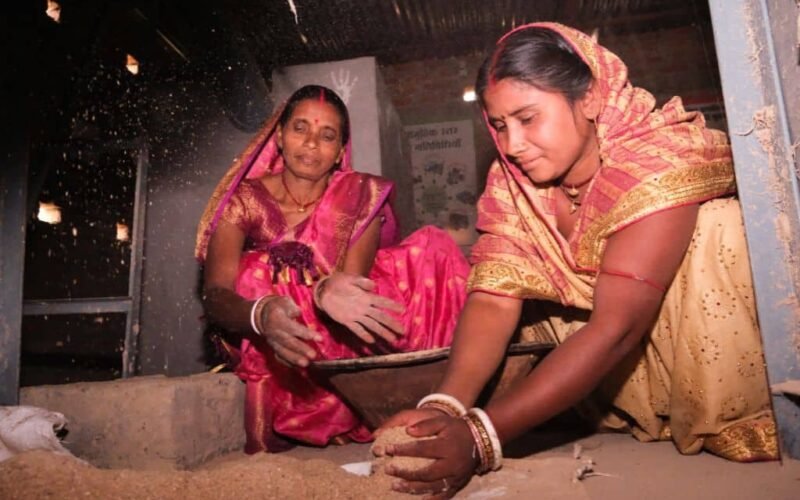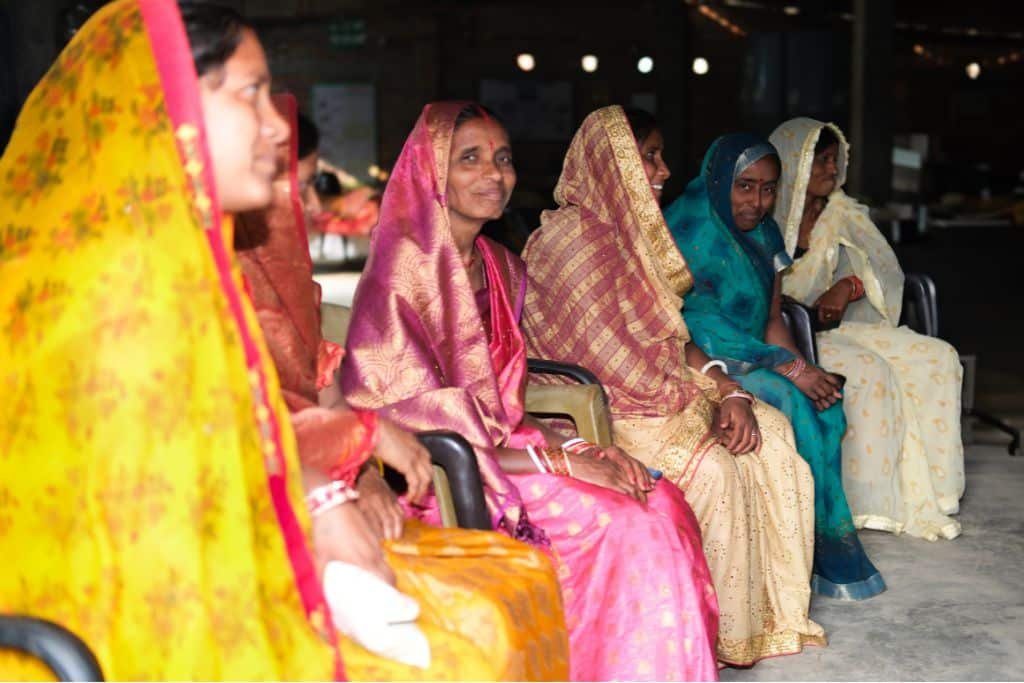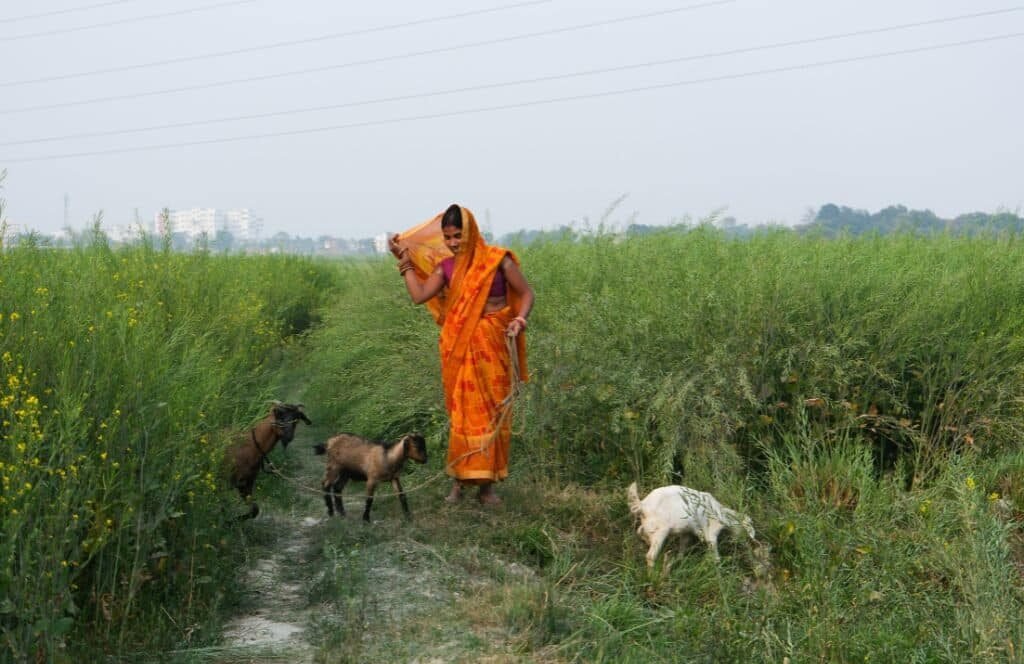Across the dry, cracked plains of Bihar—one of India’s poorest and most climate-vulnerable states—women farmers are emerging as the backbone of rural resilience. With rising temperatures, prolonged droughts, and catastrophic floods threatening agriculture, a generation-defining movement is uniting women to combat the devastating effects of climate change.
Climate Pressures on Rural Livelihoods
In districts like Madhubani, summers now begin a month early, heatwaves are more frequent, and over 76% of India’s population faces high risk from extreme heat. For Bihar’s farmers, this means nine months of punishing drought followed by violent monsoon floods that often wash away entire villages.
Over 80% of Bihar’s population depends on agriculture, yet shrinking yields and increasing debt have forced many men to migrate to cities for work, leaving behind women to manage farms and households. Today, nearly two-thirds of India’s working women are employed in agriculture, compared to just one-third of men.
“Women in poverty are being pushed further into poverty, and women climbing out of poverty are being pulled back in,” says Kathy Baughman McLeod, Director of the Adrienne Arsht-Rockefeller Foundation Resilience Center.
Building Women’s Collectives
To address these challenges, Heifer International launched the Bihar Sustainable Livelihood Development (BSLD) program in 2020. The initiative aims to improve the livelihoods of 70,000 families by 2025 through income growth, nutrition, and climate resilience.
Despite pandemic disruptions, the program quickly identified six priority districts and partnered with grassroots organizations to build trust and drive participation. By 2020, more than 200 women’s groups had formed, offering weekly meetings where women shared farming challenges and solutions.
“These meetings were the first time we had really spoken to each other,” recalls Rubi Devi, a farmer from Bisfi. “We realized many of the problems we individually faced were common between us all.”
The smaller groups soon grew into Farmer Producer Organisations (FPOs), enabling women to pool resources, strengthen market access, and scale collective enterprises.
Women in Leadership
One such FPO in Bisfi, led by Sanju Devi, now counts nearly 1,000 members. The collective focuses on producing and selling nutrient-enriched goat fodder, securing wholesale prices and creating a profitable enterprise. In 2024–25 alone, the FPO generated ₹2.4 million (US$27,300) in revenue.
“I spent nearly all my time at home before this project began,” says Sanju Devi, now the FPO President. “Today, I have responsibility and confidence. We want to grow and grow.”
Across Bihar, 18 FPOs are active and profitable, creating opportunities for women to step into leadership roles traditionally dominated by men. “Women are the backbone of rural transformation in Bihar,” says Sonmani Choudhary, Program Director at Heifer International. “The BSLD is now our flagship model, scaling market access, strengthening value chains, and fueling women-led enterprises that are reshaping Bihar’s rural economy.”
A Collective Force Against Climate Change
At a time when climate change is amplifying poverty and displacing millions, Bihar’s women farmers are proving that collaboration is the path to resilience. Through shared knowledge, economic empowerment, and leadership, they are not only surviving but thriving as agents of rural transformation.



